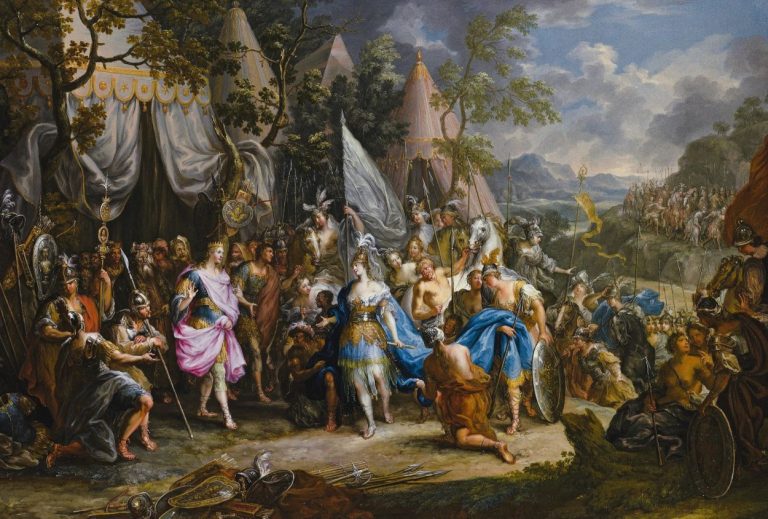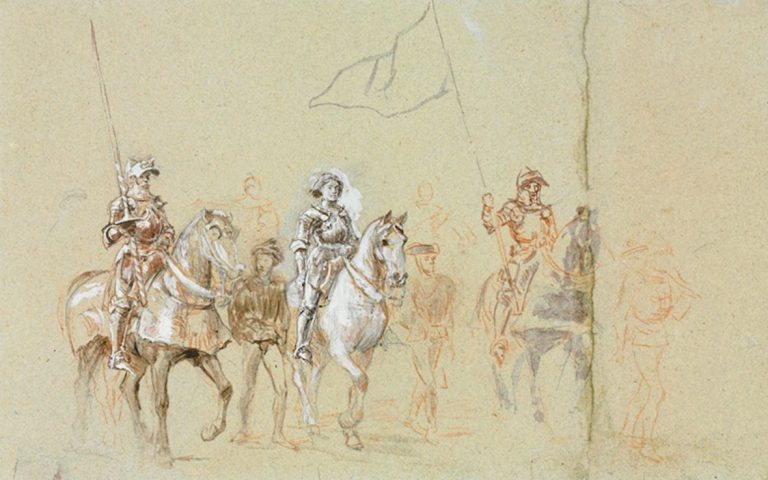

Overview of Gambling in Ancient Rome
Gambling in ancient Rome was a widespread and culturally significant activity that permeated various aspects of Roman life. From the bustling streets of the city to the grandeur of the Coliseum, gambling was a common pastime that both entertained and, at times, troubled Roman society. This article provides an overview of gambling practices in ancient Rome, exploring its social, legal, and cultural dimensions while underscoring the importance of responsible gambling practices.
Cultural Significance and Popular Games
In ancient Rome, gambling was not just a form of entertainment but also a social activity that brought together people from different walks of life. The Romans engaged in a variety of gambling games, with some of the most popular being dice games (known as alea), board games like latrunculi, and betting on events such as gladiator fights and chariot races. These activities were often enjoyed during festive occasions and public celebrations, reflecting the Romans’ love for games of chance and competition. Additionally, Romans were known to employ various Wagering Systems to enhance their gaming strategies, adding an extra layer of complexity and intrigue to their gambling pursuits.
Social and Legal Context
While gambling was a popular activity, it was also subject to legal restrictions in ancient Rome. The Roman authorities often viewed excessive gambling as a potential source of social disorder, and laws were enacted to limit gambling activities. For instance, gambling was generally prohibited except during the Saturnalia festival, when restrictions were temporarily lifted. Violations of these laws could result in fines or other penalties, reflecting the tension between the popularity of gambling and the desire to maintain public order.
Despite these regulations, gambling persisted across all levels of society, from slaves to the elite. It was not uncommon for Romans to gamble large sums, and professional gamblers emerged who made their living from the activity. The prevalence of gambling among different social classes highlights its widespread appeal and its role in the social fabric of Roman life.
Moral Perspectives
Gambling in ancient Rome also elicited varied moral opinions. Some philosophers and public figures criticized gambling for its potential to lead to moral decay, financial ruin, and social discord. Others, however, saw it as a harmless diversion when practiced in moderation. This dichotomy mirrors contemporary discussions about gambling, emphasizing the timeless nature of debates over risk-taking behavior and its consequences.
Responsible Gambling in Historical Context
Understanding gambling in ancient Rome provides valuable insights into the enduring popularity and complexity of gambling as a human activity. While ancient Romans lacked modern concepts of responsible gambling, today’s society can learn from their experiences. Responsible gambling is crucial to ensure that gaming remains an enjoyable and controlled activity. Resources such as Responsible Gambling (RG) offer guidance and support for maintaining healthy gambling habits. RG emphasizes the importance of setting limits, recognizing the signs of problem gambling, and seeking help when necessary.
Conclusion
The history of gambling in ancient Rome reveals a rich tapestry of social, legal, and cultural elements that continue to resonate in modern times. While the games and contexts may have evolved, the fundamental allure of gambling as a form of entertainment and risk remains. By studying these historical practices, modern society can better appreciate the need for responsible gambling practices and leverage available resources to promote safe and enjoyable gaming experiences.


